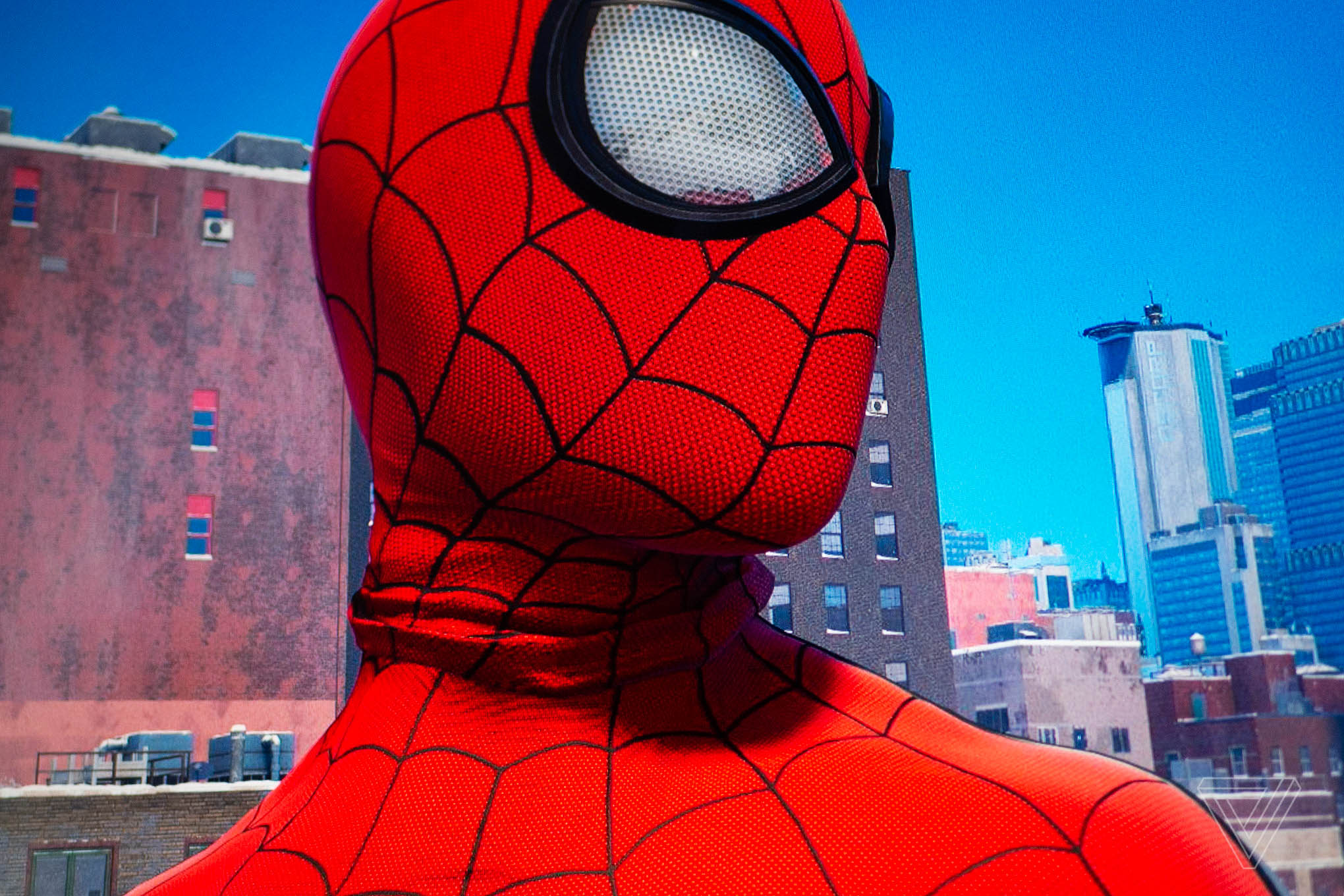The ShadowCast from Genki is a dongle-size video capture card that might provide all that some gamers and streamers need. It’s $45, a relatively low price for a no-frills device that can get your console games onto your PC. But it has some limitations. The video quality isn’t great, and there’s a noticeable amount of lag if you’re trying to play along with the stream. These compromises aren’t a surprise, considering the ShadowCast costs a fraction of the price of something more capable like Elgato’s HD60 S+.
You can actually go a bit cheaper than Genki’s $45 if you’re willing to roll the dice on quality control. Last year we covered an affordable (between $10 and $30, usually) no-brand HDMI capture card that’s very similar to this one, and perhaps its port arrangement may be more convenient for you. Unlike the ShadowCast, which plugs into an HDMI port and has a USB-C-in port on its other end, the cheaper alternative has HDMI-in and USB-out, so you can just plug in an HDMI cable you may already own. Genki gets the nod, though, both in terms of build quality and its companion software. I’ll get into the latter part below.
Verge Score 7 out of 10

Good Stuff
- Compact design
- Companion app works on Windows, macOS, and some browsers
- Solid value
- Works well as a camera link
Bad Stuff
- Video capture looks fuzzy and is a bit laggy
- The Arcade app isn’t supported yet on Android or iPadOS
It’s easy to get the ShadowCast up and running on PC or macOS. It’ll work with any device with an HDMI-out port, so the PS5, Xbox Series X, Nintendo Switch and some older consoles are covered. That also includes DSLR or mirrorless cameras that you might want to use as a high-end webcam. The ShadowCast has a USB-C port on its other side, which you can connect to your PC with the included six-foot USB-C-to-C 2.0 cable, or your own C-to-A cable. It also works seamlessly with streaming applications like OBS Studio. If you’re using the ShadowCast as an interface for a camera, it’ll work with Zoom, Microsoft Teams, Google Meet, and other popular video conferencing apps. You might need a dongle if your camera doesn’t have a full-sized HDMI port. A micro or mini HDMI dongle should get the job done.
When I hooked up the ShadowCast to my Olympus OM-D E-M10 Mark II camera to use it as a webcam, it worked well, with negligible latency issues.. It produces far better colors and clarity than a traditional webcam, though in my case, I could only get an image through HDMI by bumping the camera’s output resolution down to 720p. That may be an issue with my camera, and not the ShadowCast, so your camera may be able to output to higher resolutions without issue.





:no_upscale()/cdn.vox-cdn.com/uploads/chorus_asset/file/22736641/genkishadowcastbrowser.jpg)